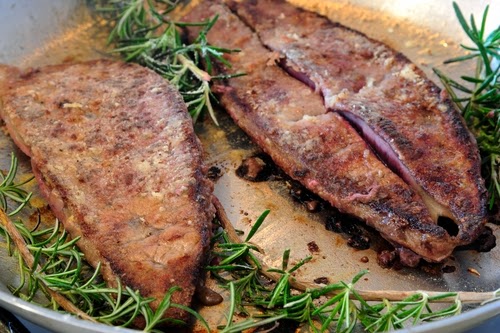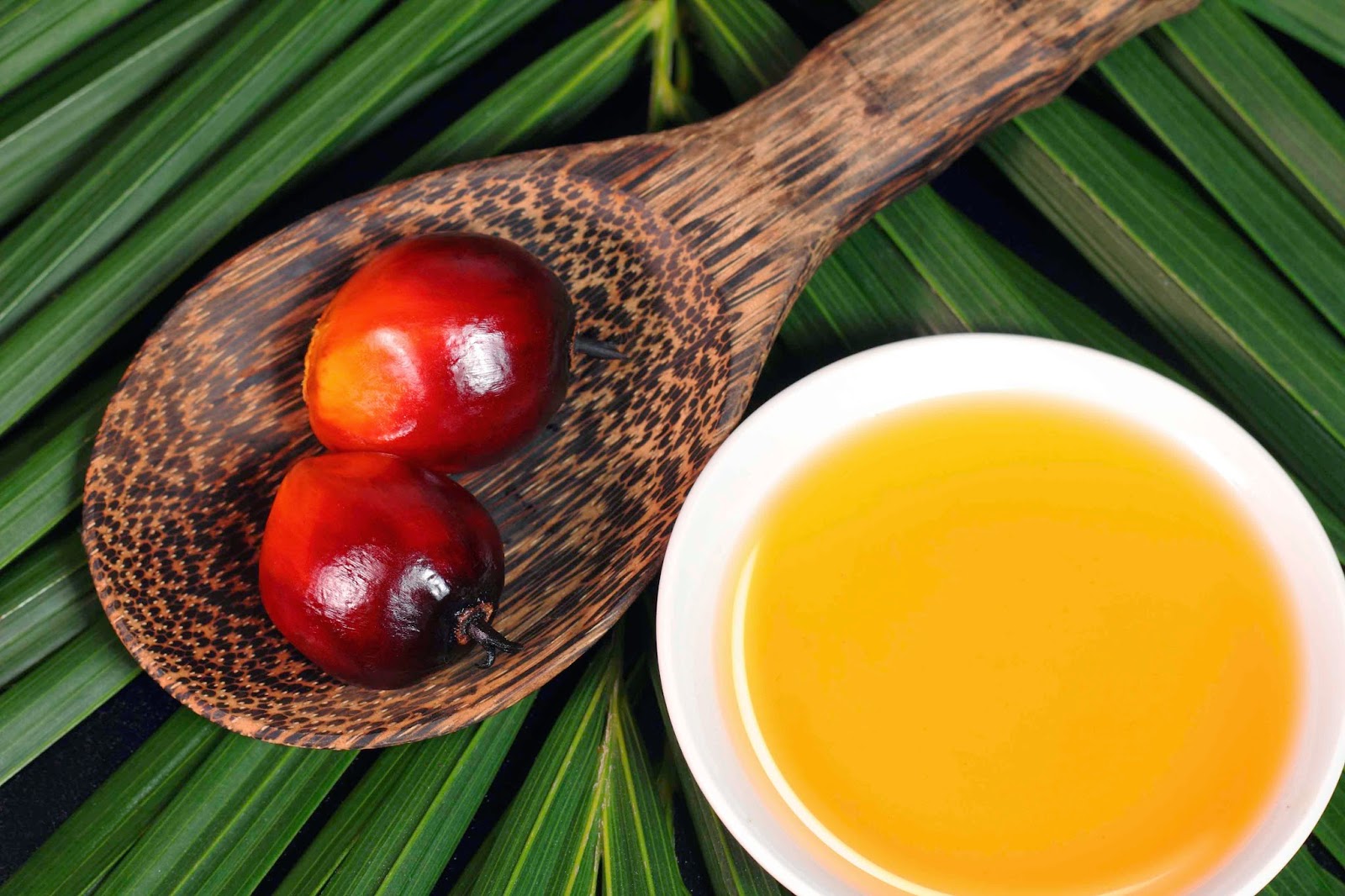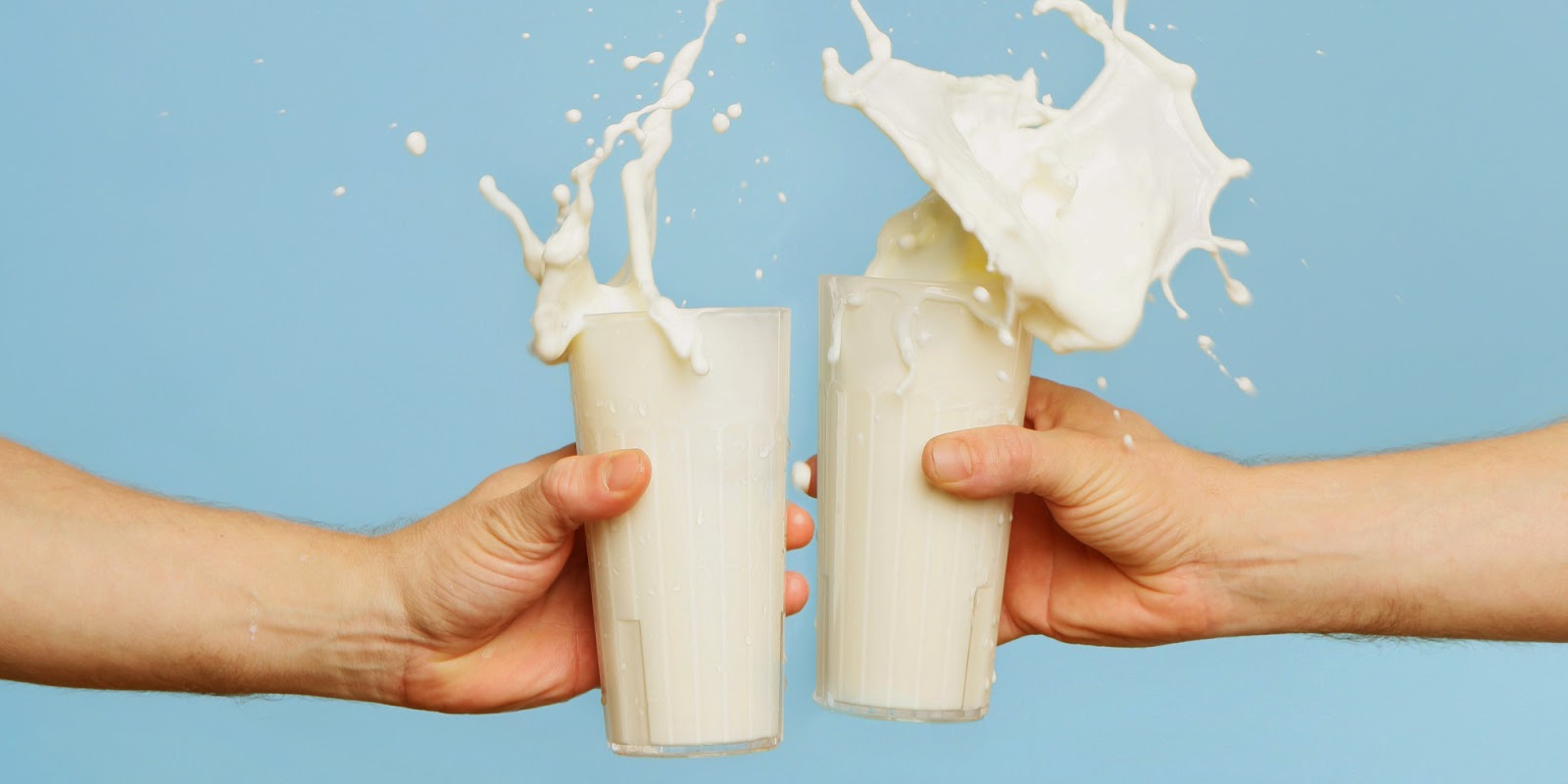Sufferers of headaches know just how debilitating they can be.
Headaches occur in millions of individuals across the country, and they
have a mirad of different causes. The consumption of different foods can
be the cause and the cure of headaches. Food allergies
and sensitivities are a leading cause of headaches and migraines. The
symptoms of headaches and migraines are not only pain, but can include
vertigo, fatigue, malaise, and auditory and visual auras. Auras are a
change in perception that can accompany severe headaches.
Individuas who suffer severe headaches and migraines may find themselves bedridden from the pain. A condition called chronic migraines sees sufferers in pain more than 50% of the time. There are a variety of medications available to treat headaches, but some people find that medication does not lessen the severity of their pain. Alternative treatments include lifestyle changes, stress management, and dietary changes. Improper nutrition can easily be the cause of a headache.
Here are 15 foods that could relieve your headache and get you back to feeling good in no time:
If you wake up with a pounding headache from partying too hard from the night before, your pain may be in part from dehydration. One great meal to make to help rehydrate yourself is salad. Lettuce leaves are high in water and fiber, which will make your body feel great. Iceberg lettuce has a high water content but low level of nutrients, so consider a blend of different lettuce types.
In moderation, coffee can be a great fix for a pounding headache.
Caffeine is a vasoconstrictor, which means it can reduce the size of
blood vessels. In excess, this can cause a headache. However, one cup of
coffee could help tame a difficult migraine. If your headache is caused
by seasonal allergies, coffee will have an even greater effect. Coffee
can reduce the release of histamine in your blood, which will calm
allergic reactions and save your head from pounding pain.
Bananas are a great food to eat when trying to relieve a stubborn
headache. They are high in magnesium, which can relax your blood vessels
and ease head pain. They are also high in potassium, which is an
essential part of your electrolyte balance. A night of heavy drinking
can leave you with a painful hangover and you may need to replace your
lost electrolytes due to dehydration.
If seasonal allergies or the flu have your head pounding, try
snacking on spicy foods. Consuming spicy foods can relieve congestion,
which will reduce sinus pressure and open up your airways. Chili powder
is also packed with vitamin E. This nutrient can relax your blood
vessels, helping give relief to a sore head. Vitamin E supplements pills
can cause headaches, so consult with your doctor before taking high
doses of this vitamin.
Whole grain bread is a great food for people suffering with headaches
or migraines. The unprocessed grains release carbohydrates slower than
white bread, which can replenish your physical energy. If you have
started a new diet, headaches can be common as your body gets used to
its new fuel sources. Remember to consume healthy carbohydrates for
complete nutritional health. Some simple toast with butter could be the
ticket to a pain free head.
Enjoy your potatoes with their skin on for the best headache relief.
The skin of a large potato is packed with potassium. Potassium
deficiencies are very common, with the majority of people never reaching
their daily recommended levels of the vitamin. A diet with excess salt
can further exacerbate the problem. Enjoy potatoes, with their skin, as a
potassium rich food for easy headache care.
Having a snack high in calcium can help relax your body and take care
of a sore head. Low calcium levels can cause painful headaches, so make
sure you are consuming your daily recommended doses of this vital
nutrient. Yogurt is a delicious way to get a boost of calcium. Look for
0% fat Greek varieties for one of the healthiest yogurt available.
Yogurt with berries for breakfast would be an ideal way to start
battling a tough hangover.
Start helping your sore head by eating a handfull of almonds. This
healthy snack is high in tryptophan, an amino acid that helps release
serotonin, the feel good brain chemical. Turkey is another great option
for consuming this amino acid. Almonds are also full of magnesium, which
can relax your muscles and blood vessels. Physical pain and mental
stress can cause tension headaches, which would benefit from consuming
extra magnesium.
Watermelon is a delicious way to quickly rehydrate and consume
healthy sugars. Watermelon has a very high water content, thus its name.
You can enjoy watermelon cut up, frozen, or blended into drinks.
Dehydration can quickly cause a pounding headache so if you find it
difficult to drink enough water throughout the day, try snacking on high
water fruits and vegetables. This is especially importent in the summer
months when heatstroke is a danger.
Mushrooms are high in vitamin B2, also called riboflavin. This
nutrient is importent in making celular energy.
Riboflavin deficiencies can occur due to poor diet or genetic
predisposition. Eating a diet high in B2 can help relieve and prevent
headaches. Mushrooms have high levels of riboflavin, along with broccoli
and spinach. Many cereals also come fortified with B2.
Diets high in healthy fats have been shown to help relieve chronic
headaches. Salmon contains a large amount of omega-3 fatty acids, which
can reduce inflammation and stop a sore head. Other healthy fats include
olive oils, avocado, and other fish products. Sardines are a great
option. Some studies have found that regularly consuming olive oil can
reduce the number of headaches, the length they last, and the severity
of the pain.
Prevent getting headaches in the first place by drinking water
throughout the day. Cucumbers are a great high water vegetable that can
quickly rehydrate a sore body. If you’re battling a painful hangover,
make a green smoothie to start your day. Blend together cucumber,
apples, and spinach for a high water, high nutrient drink. Other high
water foods include berries, tomatoes, and celery.
Beef liver is very high in vitamin B3, also known as niacin. Slight
deficiencies of niacin can cause pounding headaches and migraines.
Niacin is a water soluble vitamin, which means that you can eat it in
excess without worries of overdoses. Enjoy liver as an entree, sausages,
or as pâté. Liver fried with onions is a popular home style dish served
at diner restaurants. This healthy food is also high in B6, B12,
folate, vitamin A, vitamin E, and vitamin K.
This health food is a popular new food on the market. Quinoa is a
seed, not a grain, which means it’s high in protein and relatively low
in carbohydrates. Quinoa is also high in magnesium. This nutrient is of
great benefit to women suffering from menstrual migraines. Other foods
high in magnesium include sunflower seeds, sweet potatoes, Swiss chard,
and brown rice.
Spinach is a powerhouse of migraine relief. It has been shown to
reduce blood pressure, which can prevent chronic headaches. It can also
help tame a killer hangover. Spinach is also high in magnesium. This
leafy green has a high water content, which can help with dehydration or
hangovers. Enjoy this vegetable raw in a salad or lightly cooked.
Overcooking this green could destroy some of the beneficial nutrients.
Individuas who suffer severe headaches and migraines may find themselves bedridden from the pain. A condition called chronic migraines sees sufferers in pain more than 50% of the time. There are a variety of medications available to treat headaches, but some people find that medication does not lessen the severity of their pain. Alternative treatments include lifestyle changes, stress management, and dietary changes. Improper nutrition can easily be the cause of a headache.
Here are 15 foods that could relieve your headache and get you back to feeling good in no time:
1. Salad
If you wake up with a pounding headache from partying too hard from the night before, your pain may be in part from dehydration. One great meal to make to help rehydrate yourself is salad. Lettuce leaves are high in water and fiber, which will make your body feel great. Iceberg lettuce has a high water content but low level of nutrients, so consider a blend of different lettuce types.








































